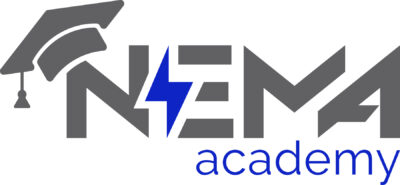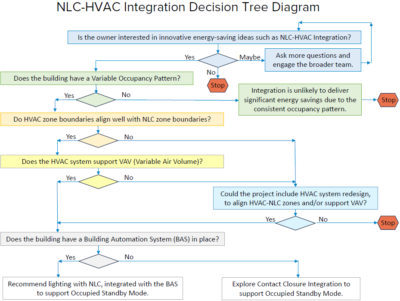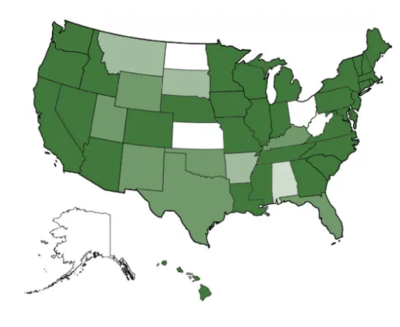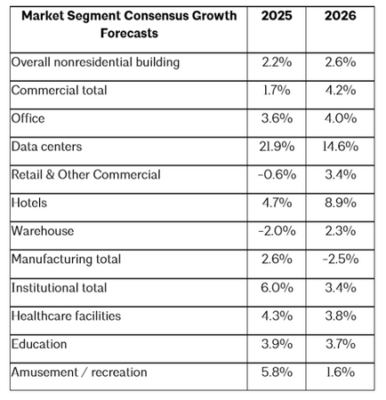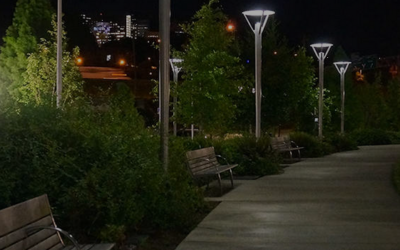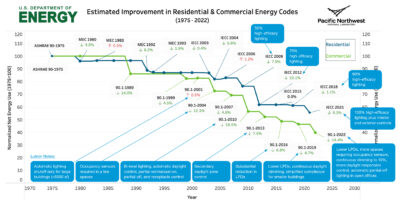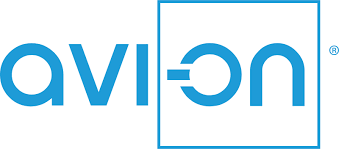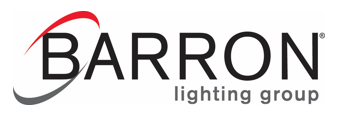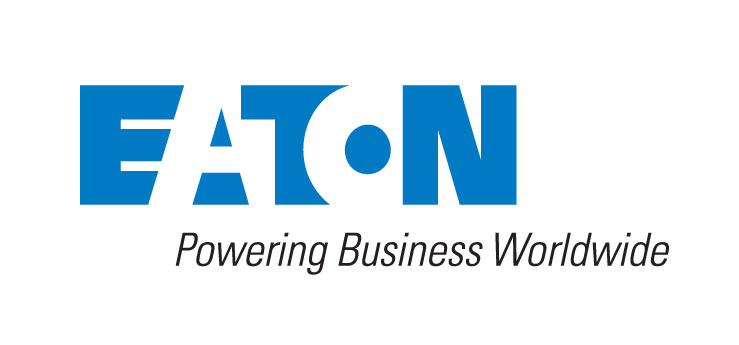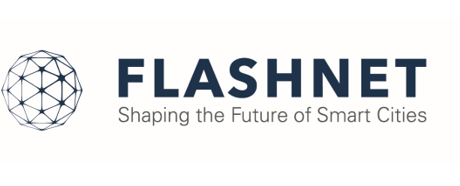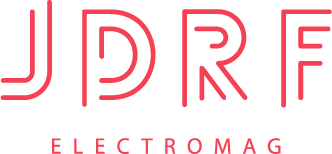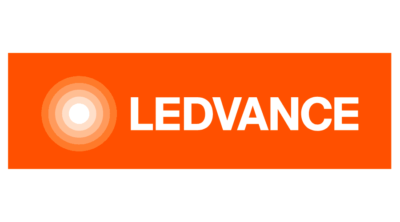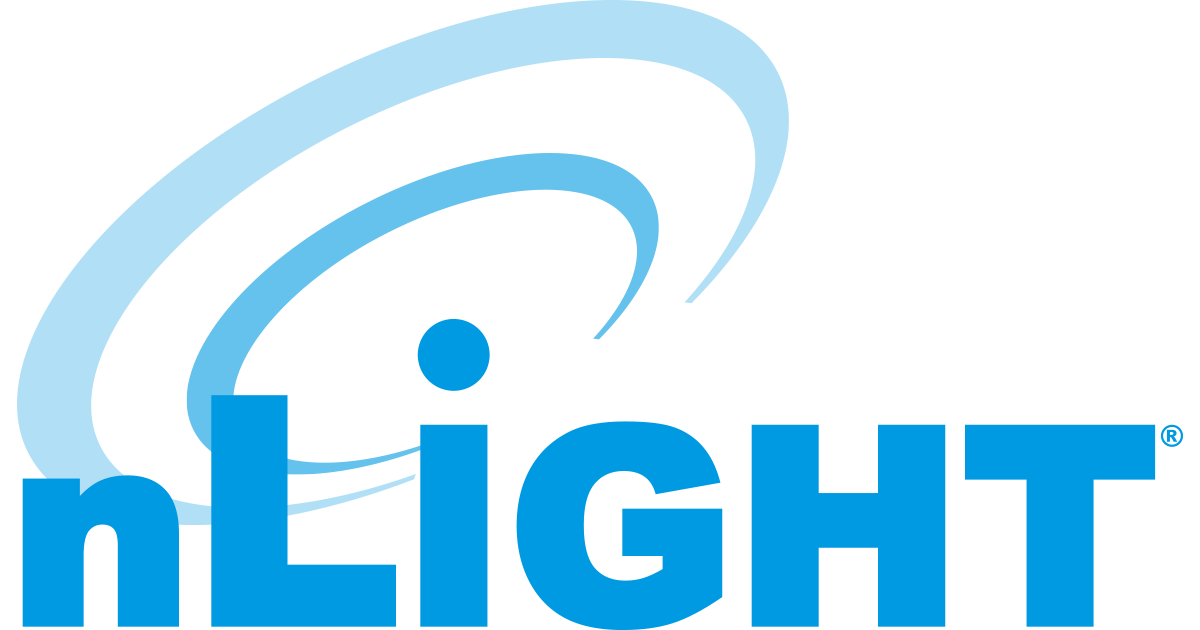The Lighting Controls Academy is pleased to announce it has updated its popular Education Express course, EE301: Wireless Lighting Controls, now available at NEMA Academy.

Conceptual example of the Controls Category results when a listed V6.0/LUNA V2.0 product model number is searched for on the SSL QPL.
The DesignLights Consortium (DLC) recently released Version 6.0 of its Solid-State Lighting (SSL) Technical Requirements, the first major update in over five years, as well as Version 2.0 of Light Usage for Night Applications (LUNA), the DLC program designed to promote responsible outdoor lighting. The updates recognize advances in LED technology while promoting controllability as a strong path to energy savings.
In this extraordinary guest post, Cooper Lighting Solutions’ Martin Mercier describes the codes and options that make up emergency lighting and the role for lighting control systems, including wireless.
The Zhaga Consortium recently released Edition 4 of Book 18, the most widely adopted specification in the Zhaga portfolio and a cornerstone of its certification program. This new edition extends the Zhaga-D4i ecosystem to support heritage and decorative luminaires, addressing the growing need for smart, connected and circular lighting solutions across outdoor and industrial environments.
In this episode of the Lighting Controls Podcast co-produced by the Lighting Controls Academy and sponsored by manufacturer MaxLite, hosts C. Webster Marsh and Ron Kuzmar interview industry veteran Mitch Hefter, LC, MIES of Mitch Hefter Consulting.
Based on an updated version of EE201: Daylight-responsive Lighting Control, a course in NEMA Academy, this article describes a process for designing and applying lighting control solutions that utilize daylight-responsive lighting controls.
At NYControlled, the EdisonReport’s Randy Reid interviewed Steven Zhou, Executive Vice President at mwConnect, about the company’s new Bluetooth NLC-based thermostat.
LightNOW recently published a guest post by Tom Shearer, Commercial Business Development Manager, Lutron Electronics, that makes the case for including lighting controls in upgrade projects, powered by wireless communication.
As lighting control systems become more sophisticated to satisfy increasingly stringent energy codes and evolving project demands, clear documentation has become even more essential. To address this need, the Lighting Controls Academy developed Design Express.
The primary legacy source for general lighting in most school spaces is fluorescent. These can be replaced by LED products for 20 to 60 percent energy savings, greater longevity, controllability, and improved quality of light. A lighting upgrade is the ideal time to install advanced lighting controls to enhance energy savings and flexibility in light levels and color.
In the world of building projects, the Control Intent Narrative (CIN) and Sequence of Operations (SOO) have long been essential and elusive. They define how a lighting control system will function, but too often they arrive late in the process (or not at all), are inconsistent from one project to the next, and are misaligned with energy codes or industry standards. The Lighting Controls Academy set out to change this dynamic with a new resource: Design Express.
In this guest post by Current’s Scott Ziegenfus, he talks about the lighting trends that faded and the ones still going strong.
In this episode of The Lighting Controls Podcast sponsored by MaxLite, hosts C. Webster Marsh and Ron Kuzmar interview Gary Meshberg, Chair of the Lighting Controls Academy, and Legrand’s Harold Jepsen, Vice Chair of the NEMA Lighting Controls Technical Section about the evolving world of lighting controls and a groundbreaking new Control Intent Narrative/Sequence of Operations Tool offered by the Lighting Controls Academy.
Commercial building energy codes regulate the design of nonresidential buildings to minimize energy consumption. While the majority of U.S. states adopt model codes and standards, the State of California developed its own code: Title 24, Part 6 of the state’s Building Standards Code. The latest version was released in 2025 and will take effect January 1, 2026.
“The future of commercial lighting is wireless,” writes Lutron’s Chris Udall. “As control systems evolve, smart wireless solutions are redefining what’s possible.”
On August 28, 2025, from 2-3PM ET, CONSULTING-SPECIFYING ENGINEER will host a webinar, “Lighting and Lighting Controls: Principles and Practices,” sponsored by Lutron Electronics.
As the market for replacing traditional light sources with LED becomes more challenging, a new market is developing around upgrade of early-generation LED installations. This presents an opportunity to achieve greater energy savings, enhance lighting quality, and integrate advanced lighting controls. Supported by a small number of new commercial lighting rebates that are likely to expand in availability, this trend appears certain to grow.
If you are new to the world of networked lighting controls (NLCs), how do you figure out which solution may be the best for your project among the vast number of control solutions available? There are certain things you can think about to help narrow your search for a system that will meet your needs.
In February 2025, the DesignLights Consortium (DLC) released a new resource to facilitate integration between networked lighting controls (NLC) and heating, ventilation, and air-conditioning (HVAC) systems. The NLC-HVAC Integration Toolkit includes tools and guidance applicable to new and existing construction projects. The toolkit’s goal is to support maximized energy savings with integration by ensuring clear project team communication.
Networked lighting control systems play a crucial role in optimizing lighting energy use, enhancing occupant comfort, and interacting with building automation systems (BAS). However, simply installing a lighting control system does not guarantee it will function as intended. This is where a startup comes into play.
In this special 100th episode of The Lighting Controls Podcast produced by NAILD and the Lighting Controls Association and sponsored by MaxLite, hosts C. Webster Marsh and Ron Kuzmar interview Alexa Burr, Vice President of Strategic Growth & Market Development at NEMA and Craig DiLouie, Education Director for the Lighting Controls Association about Education Express being incorporated into NEMA Academy.
For 25 years, the Lighting Controls Association, a council of NEMA, has educated the building industry about lighting control technology and application, notably through its Education Express courses. We are proud to announce that starting May 1, 2025, the Education Express curriculum will be incorporated into a new learning management system, NEMA Academy.
In this episode of the Lighting Controls Podcast produced by NAILD and the Lighting Controls Association, hosts Ron Kuszmar and C. Webster Marsh talk to Bryan Lussier, MFA, LC, CLCP, Lead Controls Specialist in Specification Sales for Apex Lighting Solutions, about factors to consider for lighting design firms interested in developing their own lighting controls teams.
Big news! The Lighting Controls Association’s Education Express is moving to NEMA’s new learning platform: NEMA Academy. Here’s what it means for you.
The DesignLights Consortium (DLC) has released an innovative resource designed to boost energy savings in the commercial building sector by encouraging the integration of networked lighting controls (NLC) with heating, ventilation and air conditioning (HVAC) systems. Research shows that adding NLCs to commercial lighting upgrades can cut a project’s new lighting load in half. Taking [...]
The Lighting Controls Association has published a new offering in its popular Education Express system, EE203: Lighting and Commercial Building Energy Codes, Part 6: 2024 IECC.
In this episode of the Lighting Controls Podcast produced by NAILD and the Lighting Controls Association, hosts Ron Kuszmar and C. Webster Marsh talk to Parker Allen, manager of Edison Report and content editor for designing Lighting.
The commercial lighting rebate outlook is strong for 2025, with rebates widely available and covering all popular categories of LED lighting and lighting controls. As LED adoption enters what may be the late majority phase, rebate programs are under pressure to deliver energy savings in a more challenging market, resulting in bonus programs and the first signs of stronger promotion of lighting controls.
With the growing strain on the electric utilities driven by electric vehicle charging, electrification of heating, and energy-intensive technologies like AI and cryptocurrency mining, managing energy efficiently has never been more critical. Automated Demand Response (ADR) paired with advanced lighting controls offers a proactive solution to this challenge. By leveraging lighting control devices to reduce lighting at certain times, organizations can facilitate dynamic adjustments to energy consumption, helping to ensure utility grid stability while optimizing building performance.
Whether you use traditional lighting control devices or newer systems such as networked lighting controls (NLCs), you have to communicate and document how you want those devices or systems to behave. This documentation should include a Control Intent Narrative and Sequence of Operations.
While major construction indicators ended the year as a mixed bag of caution and optimism, the AIA Construction Consensus Forecast Panel forecasted that nonresidential construction spending will slow to 2.2% growth in 2025 and 2.6% in 2026.
Saving energy while reducing skyglow, light trespass, and glare, lighting controls have emerged as a critical component of responsible outdoor lighting. In this article, we’ll make the case.
The National Electrical Manufacturers Association (NEMA) recently announced the publication of a ANSI/NEMA c137.10, a standard that NEMA says will support more resilient and connected infrastructure and cities.
The DALI Alliance (DALI), the TALQ Consortium (TALQ), and the Zhaga Consortium (Zhaga)–each focused on defining international lighting standards to ease investment decisions for public and private entities–recently announced the signing of a liaison agreement to collaborate on unifying data streams for smart street lighting systems.
In August 2024, the International Code Council published the 2024 version of the IECC, which has been updated every three years since 2000. As with previous iterations of the IECC, this new version reduces lighting power allowances, expands mandatory controls requirements, and issues clarifications.
In a recent article by Michael Jouaneh, Manager of Sustainability and Energy Standards for Lutron Electronics, he lays out the current state of adoption of commercial building energy codes and how they relate to lighting controls, with some interesting projections for the future.

Smart dashboards enable facility managers to view energy consumption, identify equipment faults, and analyze other data produced by the control system for information-rich insights. Image courtesy of Lutron Electronics.
As lighting control becomes more robust and easier to apply, today’s electrical distributor has extraordinary choice in servicing new construction projects and enhancing lighting upgrades. Manufacturers point to top trends including greater networked controls interoperability, systems integration, powerful digital LED drivers, wireless control, and growing application of control as a tool to enhance the occupant experience.
Based on EE105: Lighting Control System Design, a new course in the Lighting Controls Association’s Education Express program, this article provides detailed information about designing an effective lighting control solution.
In Part 1 of this Lighting Controls System Design series, we learned about key documentation including the Content Intent Narrative (CIN), Sequence of Operations (SOO), and Owner Project Requirements (OPR). The next step in design development is to turn these requirements and conceptual design into a realized design
In Part 3 of this series on how to design a lighting control system, we will discuss installation and post-occupancy. You will learn about bidding, responding to questions from installers, reviewing submittals and defending your design, following-through with the installation of the equipment, functional testing, training essential staff, and ultimately ensuring the owner is satisfied.
The Lighting Controls Podcast: Mitch Hefter Talks Standards
11/28/2025In this episode of the Lighting Controls Podcast co-produced by the Lighting Controls Academy and sponsored by manufacturer MaxLite, hosts C. Webster Marsh and Ron Kuzmar interview industry veteran Mitch Hefter, LC, MIES of Mitch Hefter Consulting.
LCA TV: Inside MaxLite’s Training Video Library
11/26/2025MaxLite offers a robust library of training videos at its website covering a wide range of topics, including the company’s basic controls, EasyRF Controls, networked lighting controls, and partner Silvair’s networked controls.
NYControlled: Legrand’s Shana Longo Talks New Wattstopper i3 Platform
11/14/2025At NYControlled, the EdisonReport’s Randy Reid interviewed Shana Longo, Director, Strategic Initiatives, Intelligent Buildings, Legrand, about the Wattstopper i3 platform. Longo explains how the system uses smart lighting data, cloud-based software, and AI to deliver interoperability, insights, and intelligence for building optimization.
NYControlled 2025: mwConnect’s Stephen Zhou Talks HVAC Integration with Smart Thermostats
11/12/2025At NYControlled, the EdisonReport’s Randy Reid interviewed Steven Zhou, Executive Vice President at mwConnect, about the company’s new Bluetooth NLC-based thermostat.
NYControlled 2025: Cooper’s Martin Mercier Talks New Products
11/10/2025At NYControlled, the EdisonReport’s Randy Reid interviewed Martin Mercier, Marketing Manager for IoT Connected Systems at Cooper Lighting, about the company’s new ILC EVO Lightroom controller and Wavelink emergency lighting system.
NYControlled 2025: Joe Briscoe on Simplifying Lighting Controls with Leviton
11/07/2025At NYControlled, the EdisonReport’s Randy Reid interviewed Joe Briscoe, Technical Sales Specialist at Leviton, to discuss the company’s latest lighting control solutions designed to simplify installation and enhance performance.
NYControlled 2025: Harold Jepsen Describes the LCA’s New Design Express Tool
10/31/2025At NYControlled, the EdisonReport’s Randy Reid interviewed Legrand’s Harold Jepsen, a member of the board of the Lighting Controls Academy, about lighting control trends, the mission of the Lighting Control Academy, and the launch of the new Design Express tool.
NYControlled 2025: LiteTrace’s Chris Primous Talks EmerLite™ Emergency Testing Solution
10/29/2025At NYControlled, the EdisonReport’s Randy Reid interviewed Chris Primous, EVP of Sales & Marketing at LiteTrace Brands, about the company’s latest products and innovations.
NYControlled 2025: PLC Multipoint’s Bart Manguno Talks Tandem Relay Panels
10/27/2025At NYControlled, the EdisonReport’s Randy Reid interviewed Bart Manguno, Commercial Business Director at PLC Multipoint, about the company’s Tandem Relay Panels.
NYControlled: Avi-On’s Joe McGrath Talks Lockdown Mode
10/24/2025At NYControlled, the EdisonReport’s Randy Reid interviewed Joe McGrath, Sales Director East Coast for Avi-On, about the company’s new feature called Lockdown Mode.





















